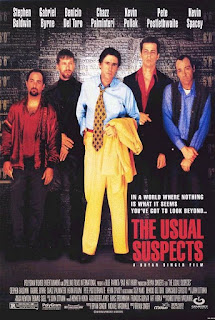Zodiac (2007)

There is always a reluctance to watch a movie that doesn't have a resolution. I don't feel the same about books for some reason; in fact, I have read books where the author died in the middle of writing them, so they just end. It's a bit frustrating, but if it's known ahead of time, then the truth is that it was the reader that made the choice to invest however much time it was into reading the book to get out of it what they could. Movies are different thing. It doesn't take anywhere near as long to watch a movie as it does to read a book, but then again a book an be picked up at any time. A movie is, on average, two hours out of a person's life that they have to plan to sit down and pay attention to what is going on and hope that the experience is worth it. It's two hours of leisure in a world where we get little time to ourselves, and to have it ruined by everything proceeding leading up to nothing feels like a personal affront. I wonder how ...










